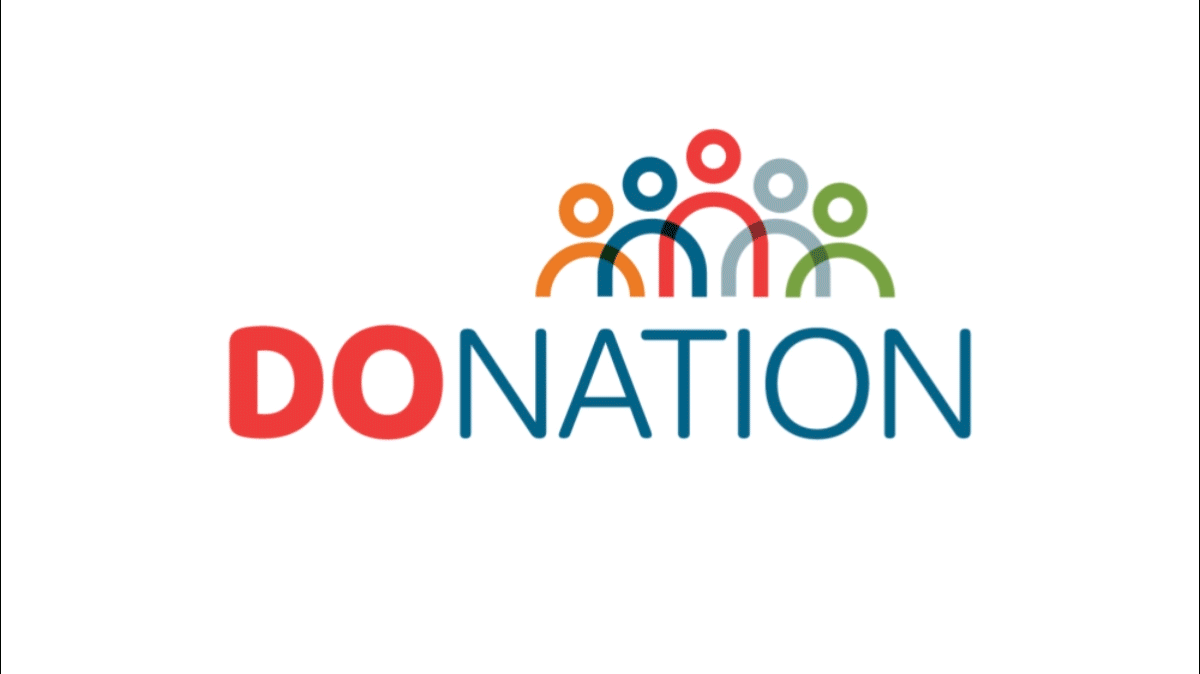
With the start to a new school year in South Dakota, it’s time to talk about the ways schools and families can help maintain the emotional and mental health of their students.
Suicide numbers in South Dakota have been rising since 2011. Suicide is the leading cause of death for those ages 10-29 in the state. Although more people are talking openly about mental health, the stigma around speaking about mental illness is pervasive and can make having the conversation tough, especially for young people. However, there are some universal steps everyone should know in order to start the conversation about mental health.
Step One: Just Ask. The easiest way to find out if someone is experiencing a mental health challenge is to just ask. Show support by making the person feel seen, heard, valued, and cared for. “How are you doing today? Are you having a good day or a not-so-good day?” can be simple, open-ended questions that invite someone who is struggling to share.
Step Two: Listen. By listening, you show support and offer help in an open, non-judgmental way. Spend quality, uninterrupted time with them and let them talk. Then ask how you can help.
Step Three: Keep them safe & connect with help. If someone is thinking about suicide and they’ve voiced a plan, keep them safe by being physically present with them or connected via technology. Help separate them from the situation or anything they could use to hurt themselves. Encourage them to seek professional support and offer help in ways you’re able to, such as contacting 988 together.
“If someone you know is struggling emotionally or having a hard time, remaining mindful that we can be the difference in getting them the help they need can be the difference between recovery or setback – life or death,” said South Dakota Department of Social Services Cabinet Secretary Matt Althoff. “If you are concerned about a loved one’s mental health, call or text 988 or chat online. A South Dakota-based crisis counselor will be there to offer support. It’s also important to take care of yourself when you are supporting someone through a difficult time, as this may stir up difficult emotions within us. If it does, please reach out for support yourself.”
Step Four: Follow up. Ongoing, consistent support matters. Take weekly walks. Send notes, reminders, and check-ins. Stay in regular contact to let the person know you care and have a plan in place if you can’t reach them.
In addition to these four steps, it is important to know what mental health resources are available in your school and community so you can be prepared to offer information to a student who needs it. An often-overlooked resource are school counselors.
“School counselors are a great resource for a student struggling with mental health,” said Secretary of Education Joe Graves. “But students should know that every adult in their school cares about them, and that any of their teachers would be a safe place to go for support.”
Beyond high school, all of South Dakota’s college campuses and universities offer counseling services for students, including veterans. Veteran Resource Centers are a safe place for veterans to congregate and gain access to resources.
To learn more about how to support someone and the resources available, visit sdbehavioralhealth.gov.






